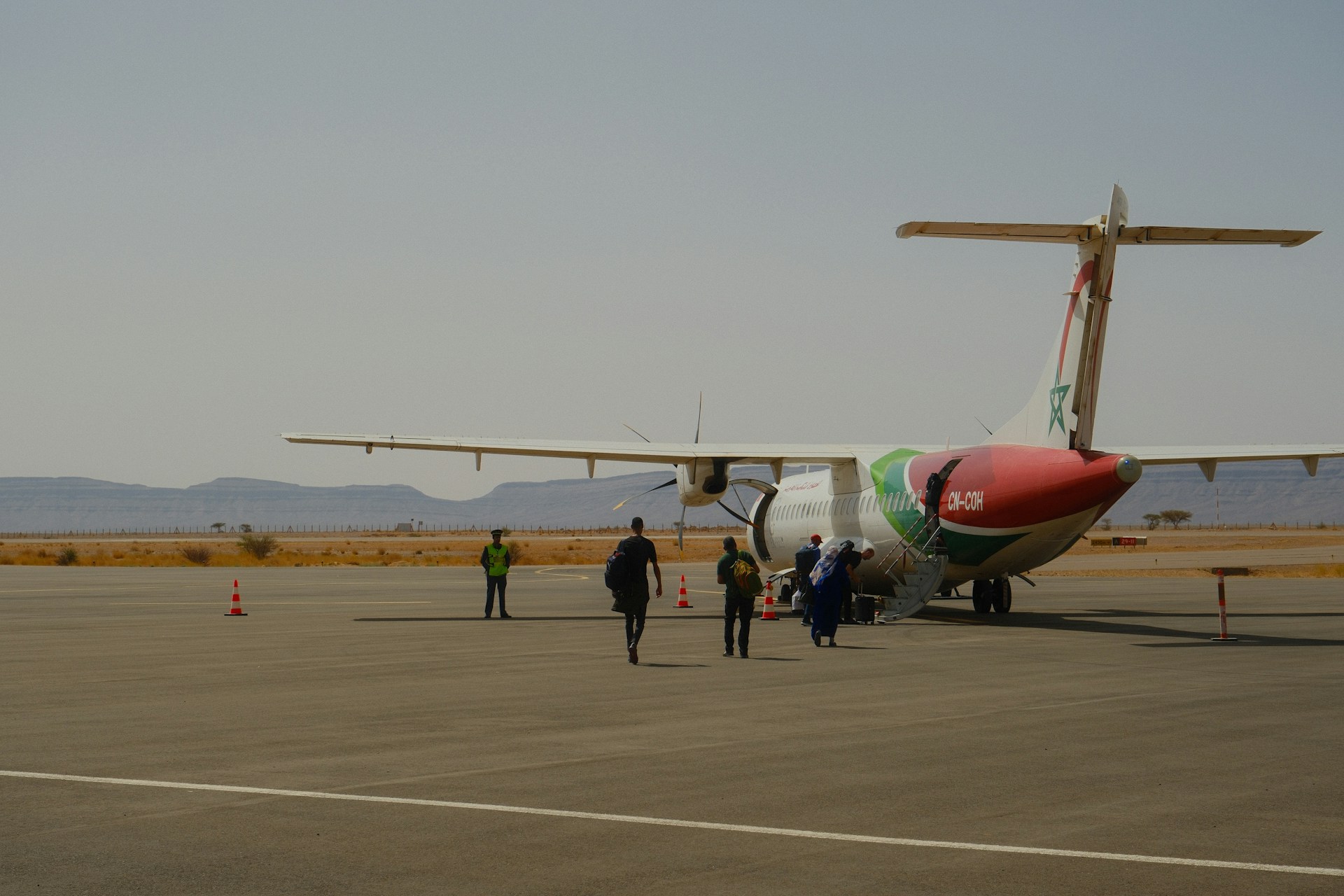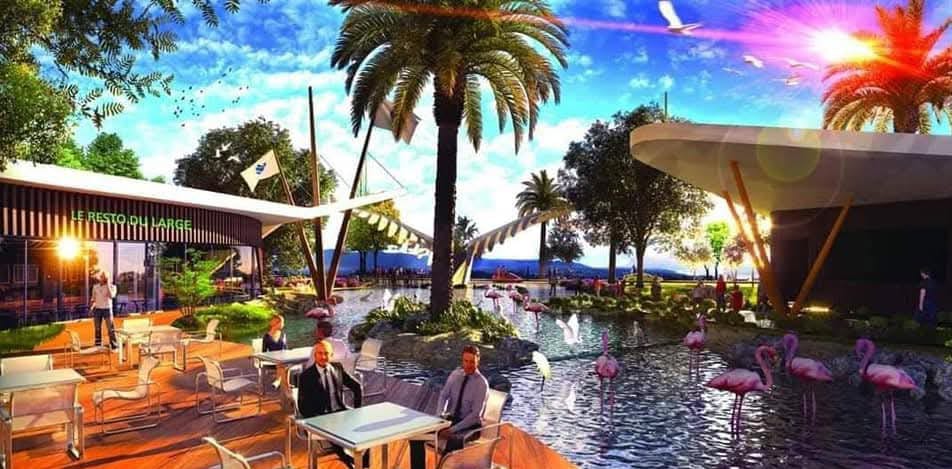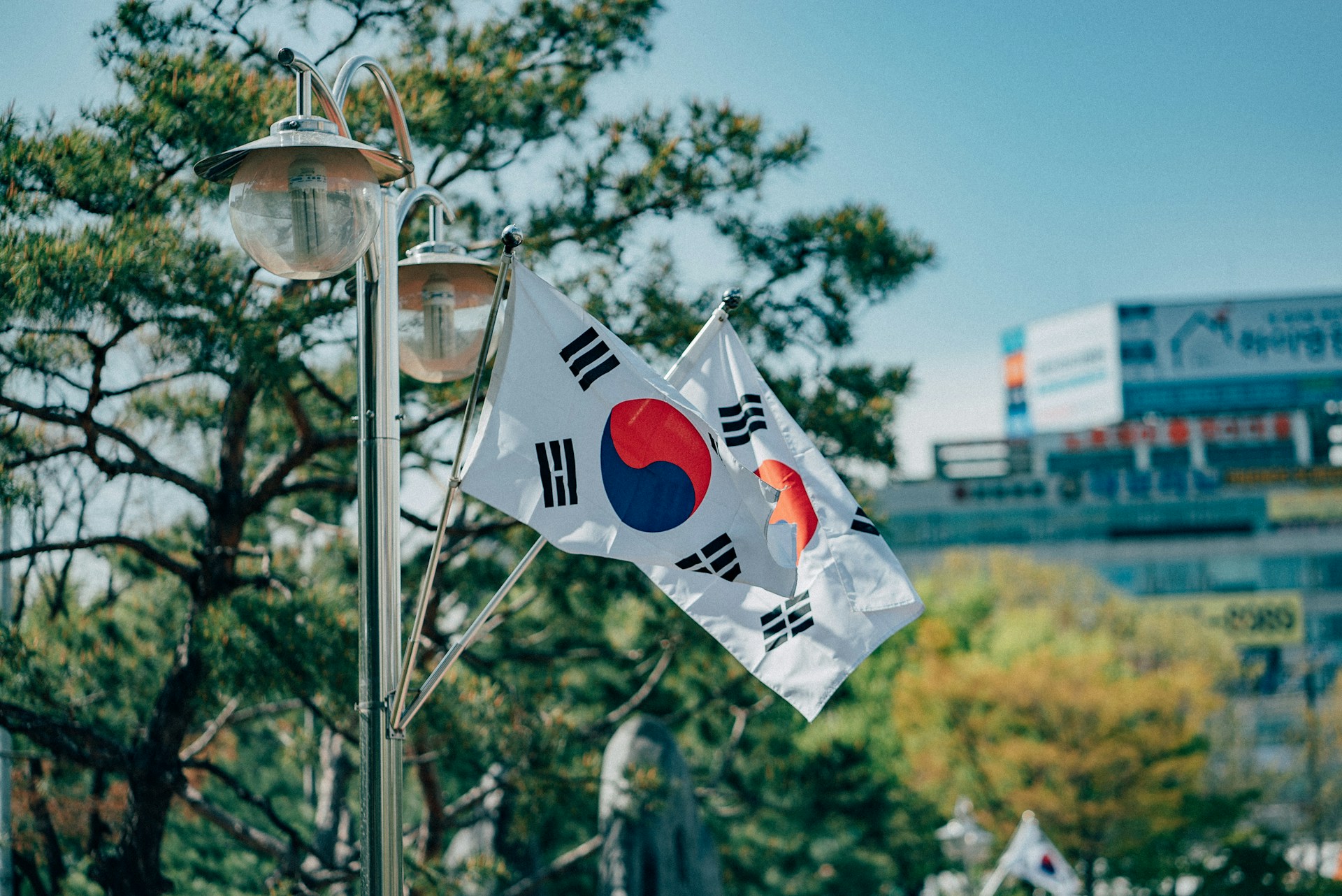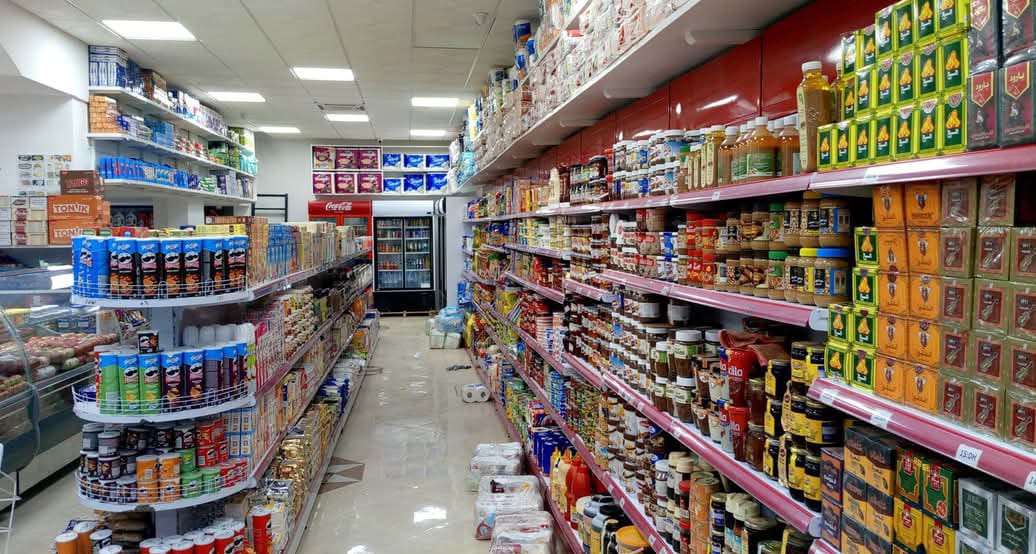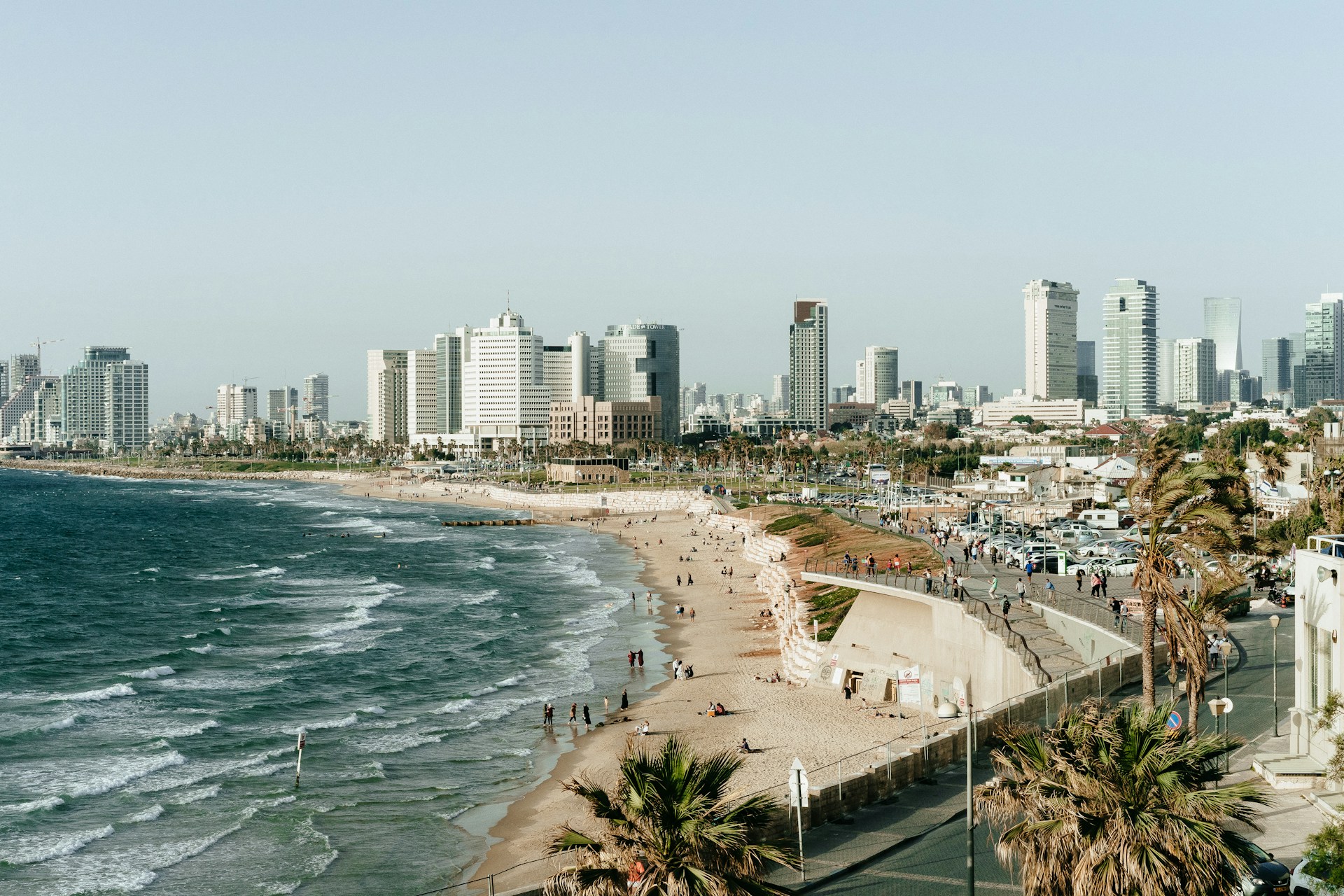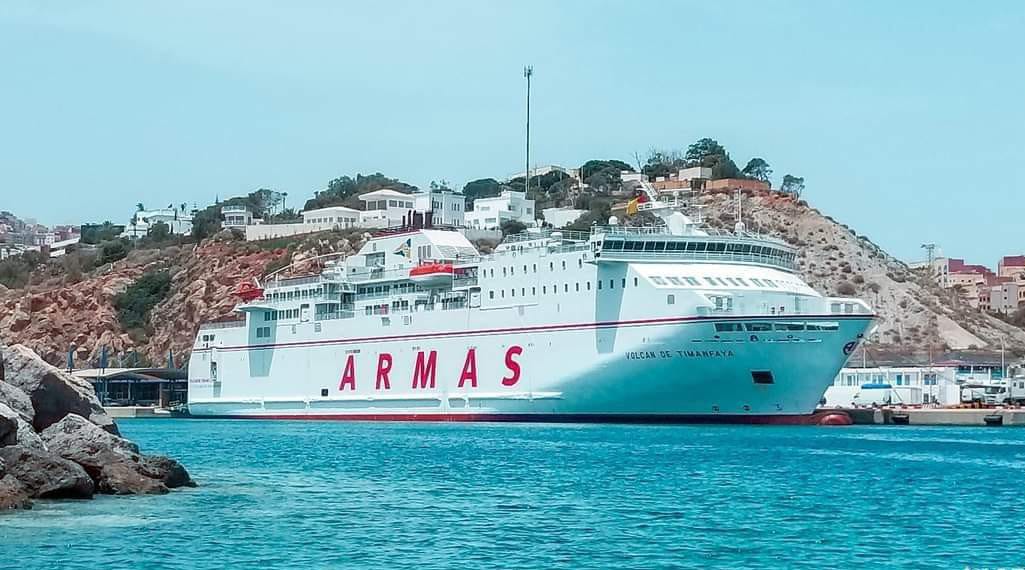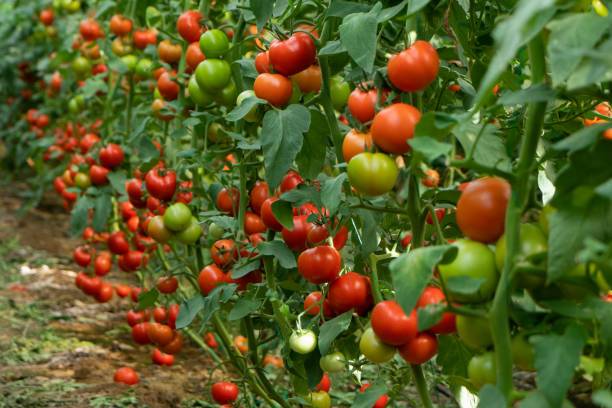Casablanca – In 2024, Morocco’s tourism sector experienced remarkable growth, driven by both domestic and international markets. The number of overnight stays in classified hotels by domestic tourists reached approximately 8.5 million, accounting for 30% of the total overnight stays in these establishments. This significant figure underscores the increasing importance of domestic tourism, especially highlighted during the COVID-19 pandemic.
Domestic tourism: A key pillar
Fatim-Zahra Ammor, the Minister of Tourism, Handicrafts, and Social and Solidarity Economy, emphasized the need to promote domestic tourism throughout the year rather than seasonally. Speaking at the House of Representatives, Ammor highlighted that domestic tourism has become a fundamental pillar of the national tourism sector. The 2023-2026 roadmap has been structured to enhance this sector through two primary thematic strands: “Seaside” and “Nature & Discovery.” These initiatives aim to develop new tourism products that align with the purchasing power of Moroccan tourists, benefiting from cross-sector projects and structural enhancements.
International tourism: Record-breaking numbers
Morocco also achieved record numbers in international tourism in 2024, with 17.4 million tourists visiting the country. This figure represents a 20% increase compared to 2023 and a 35% rise from 2019, solidifying Morocco’s position as the top tourist destination in Africa. The foreign exchange earnings from tourism are projected to exceed $11.34 billion, showcasing the sector’s significant economic contribution.
Strategic measures and investments
The government has implemented several strategic measures to support this growth, including a $206.19 million emergency plan and a new tourism roadmap with a $628.87 million budget. These measures aim to enhance connectivity between Moroccan tourist destinations, break the isolation of certain regions, and improve the overall tourism infrastructure.
Enhancing connectivity and accessibility
To further boost domestic tourism, the government launched new domestic air routes and encouraged investments in popular tourism products. The “Ntla9awfbladna” (we meet in our country) campaign has played a crucial role in promoting and enhancing the accessibility of Moroccan destinations. Additionally, major projects like the Dino Park in Azilal and natural parks in Ifrane and Toubkal have been pivotal in attracting tourists to less-traveled areas.
Human resource development
The qualification of human resources in the tourism sector has also been a priority. The government introduced 14 new professional and higher education tracks in tourism and hospitality. These initiatives are complemented by the “Kafaa” (efficiency) program, aiming to improve the quality and professionalism of the workforce in the tourism industry.
Rural and sustainable tourism
The roadmap places significant emphasis on rural tourism, which has become increasingly popular among both Moroccan and foreign tourists. The government has supported rural tourism through thematic series focusing on nature, oases, deserts, and eco-tourism. Agreements with international institutions have facilitated the design and management of eco-tourism sites, further bolstering the appeal of rural areas.
Support for tourism enterprises
To support small and medium-sized tourism enterprises, the government launched the “Go Siyaha” (go tourism) program with a budget of $74.23 million. This program aims to support and accompany 1,700 tourism enterprises by 2026, fostering innovative and diverse entertainment offers while creating new job opportunities. The program includes components such as investment support, technical expertise, and sustainable development incentives.
Morocco’s tourism sector in 2024 has demonstrated resilience and growth, with strategic investments and initiatives paving the way for sustained development. Both domestic and international tourism have thrived, contributing significantly to the country’s economy and positioning Morocco as a leading global tourist destination.
